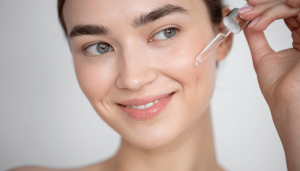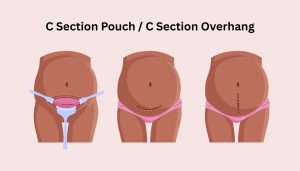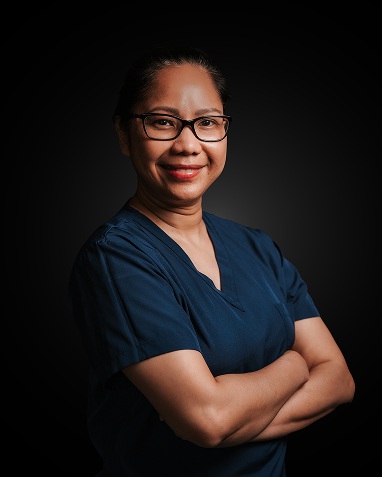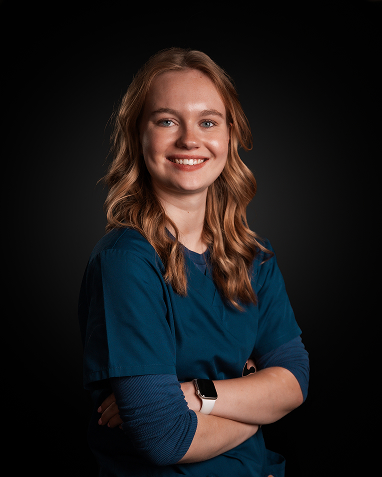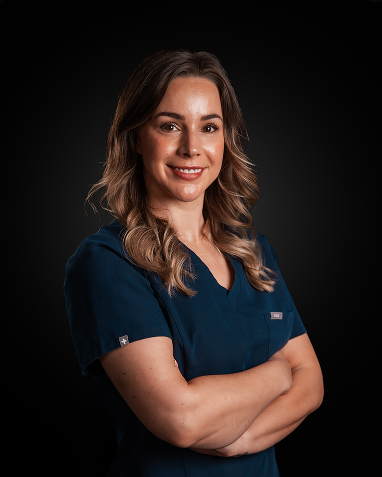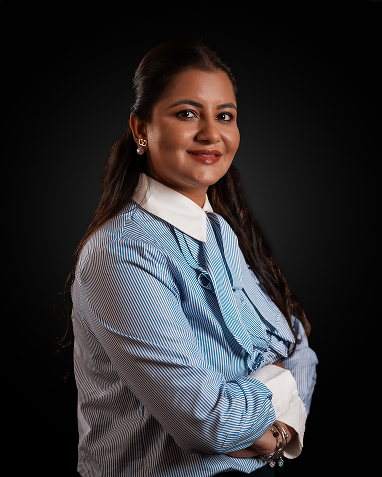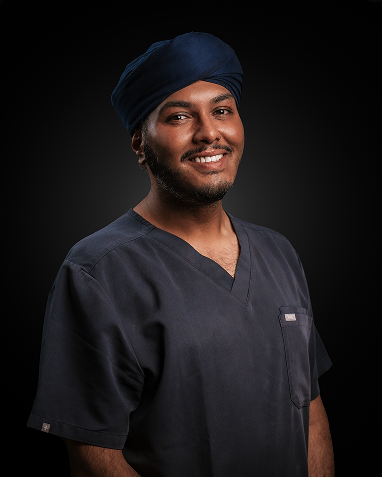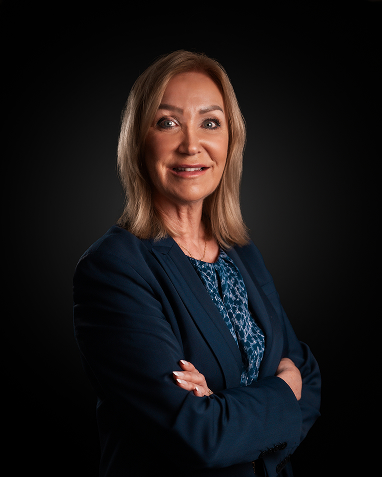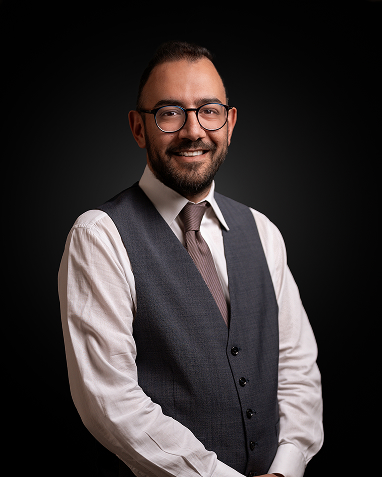The lip filler swelling stages after the procedure can vary in intensity and duration depending on personal factors and the type of fillers. It’s better to stay informed and aware of these stages before you get lip fillers to manage them promptly.
In this blog, you will learn about the lip filler swelling stages, detailed stages of lip filler swelling and the process & timeline for swelling after lip filler treatment. Let’s get into the details.
What is Swelling and Bruising after Lip Fillers?
Swelling and bruising after lip fillers is a common concern and happens to everyone; however, they vary in intensity and duration. Any of the following reasons can cause swelling:
• Response to Needle Trauma
When the needle is inserted into your lips, minor tissue injuries are caused. These minor injuries trigger the natural healing response, increasing the blood flow to the injection site and gathering white blood cells. This response causes swelling.
• Hyaluronic Acid Action
Hyaluronic acid is the primary material used in lip fillers. It naturally attracts and retains moisture. When injected into the lips, this characteristic causes additional water accumulation, leading to swelling.
• Injury to Micro Blood Vessels
During the injection, micro-blood vessels may rupture, which is normal. The body responds to direct fluids and white blood cells to the area, making the site swollen.
Detailed Breakdown of Lip Filler Swelling Stages
Here is a detailed breakdown of lip filler swelling stages:
Day 0 (Treatment Day)
On the day of your procedure after injection, you may experience mild swelling and bruising. It is a sign that your immune system is responding to needle trauma and hyaluronic acid is retaining the water nearby. Take care by applying a cold compress and avoiding intense activities.
The swelling can be uneven; if you are concerned, it’s better to talk to your doctor.

Ready to achieve your aesthetic goals?
- CQC-Registered Clinic with Nationally Recognised Leadership
- Over a Decade of Surgical & Aesthetic Expertise
- Personalised treatment plans tailored to your needs
Day 1 (Swelling Continues First Day After the Treatment)
The first day after getting lip fillers, your lips may be tender, and you may feel discomfort. The swelling may increase on day 1, and you may be at risk of developing cold sores.
Cold compress, avoiding strenuous workouts, and avoiding repetitive lip movements can help.
Day 2-3 (Peak Swelling After 48 Hours of the Treatment)
As a part of the natural healing process, you may notice that the swelling is at its peak after 48 hours of treatment. There may also be bumps and unevenness. The upper lip can project more forward. But it’s all normal and will resolve within the next few hours.
On the 3rd day, this peak swelling will start resolving on its own.
Day 4 (Swelling Resolves On Day 4 of the Treatment)
On day 4 of your treatment, the swelling should resolve. There may be a significant change; you can eat and talk comfortably. However, keep following your doctor’s instructions.
Day 5-7 (Swelling Reduced within Days 4-6 of the Treatment)
In most cases, swelling resolves within days 4-6. When the swelling goes away, the shape and natural volume of the lips will start appearing.
However, there may be mild swelling or its after-effects. Wait for a few weeks for the final results.
Day 8-10 (Noticeable Changes)
By day 8, most of the swelling will subside and your lips will look more natural. Any remaining bruising and puffiness should be minimal. Massaging gently and applying vaseline can help.
Day 10-14 (Final Results Appear)
By the end of the second week, lip swelling will completely subside and final results will start appearing. Lips will look fuller, defined and there should be no pain to touch. To avoid any consequences of lip filler gone wrong, continue following any specific aftercare instructions given by your doctor.
Things To Remember While Your Lip Filler Swelling Stages Resolve
Here are a few points that you should keep in mind to steer clear of any complications after lip filler treatment:
• Apply ice in 10-minute increments to reduce swelling.
• Stay away from hot environments, such as saunas and hot yoga.
• Drink plenty of water to help manage the healing process.
• Avoid strenuous activities that could increase swelling.
• Avoid medications that thin your blood before the procedure to reduce the risk of bruising.
• Do not sleep on your face to minimise pressure and swelling.
• Follow any instructions from your healthcare provider.
Talk to Your Doctor
It is essential to talk to your doctor if you experience any of the following during lip filler swelling stages:

Ready to achieve your aesthetic goals?
- CQC-Registered Clinic with Nationally Recognised Leadership
- Over a Decade of Surgical & Aesthetic Expertise
- Personalised treatment plans tailored to your needs
• Severe or worsening swelling beyond two weeks.
• Intense pain is not relieved by over-the-counter pain relief.
• Persistent or worsening bruising after one week.
• Redness, warmth, pus, or fever.
• Significant asymmetry or lumps after initial swelling subsides.
• Any other unusual or concerning symptoms.
• Contacting your doctor on time will help them manage the signs and any further complications.
Final Word about Lip Filler Swelling Stages
Understanding the lip filler swelling stages after injection is essential to staying aware and setting realistic expectations. Swelling peaks around days 2-3 and gradually reduces over the following weeks. For a better experience, a pretreatment lip filler in Leeds may clear your doubts and queries. Moreover, following aftercare advice can ensure a smooth healing process and achieve the best results from your treatment.
Frequently Asked Questions
1. How long do lips stay swollen after fillers?
Patients report that swelling is worse on days 2-3 but starts resolving after the 4th day, and the swelling completely goes away by the 2nd week of the treatment.
2. What helps lip filler swelling go down?
Cold compresses, anti-inflammatory medications, head elevation, and gentle massages help reduce swelling.
3. How long before lip fillers settle?
You will notice the firmness softening between two and four weeks after treatment. Your lips may also be hydrated and taking on a new, natural shape.
4. Can I use Vaseline after lip fillers?
Yes – you can apply Vaseline to treat lip dryness after your treatment.



